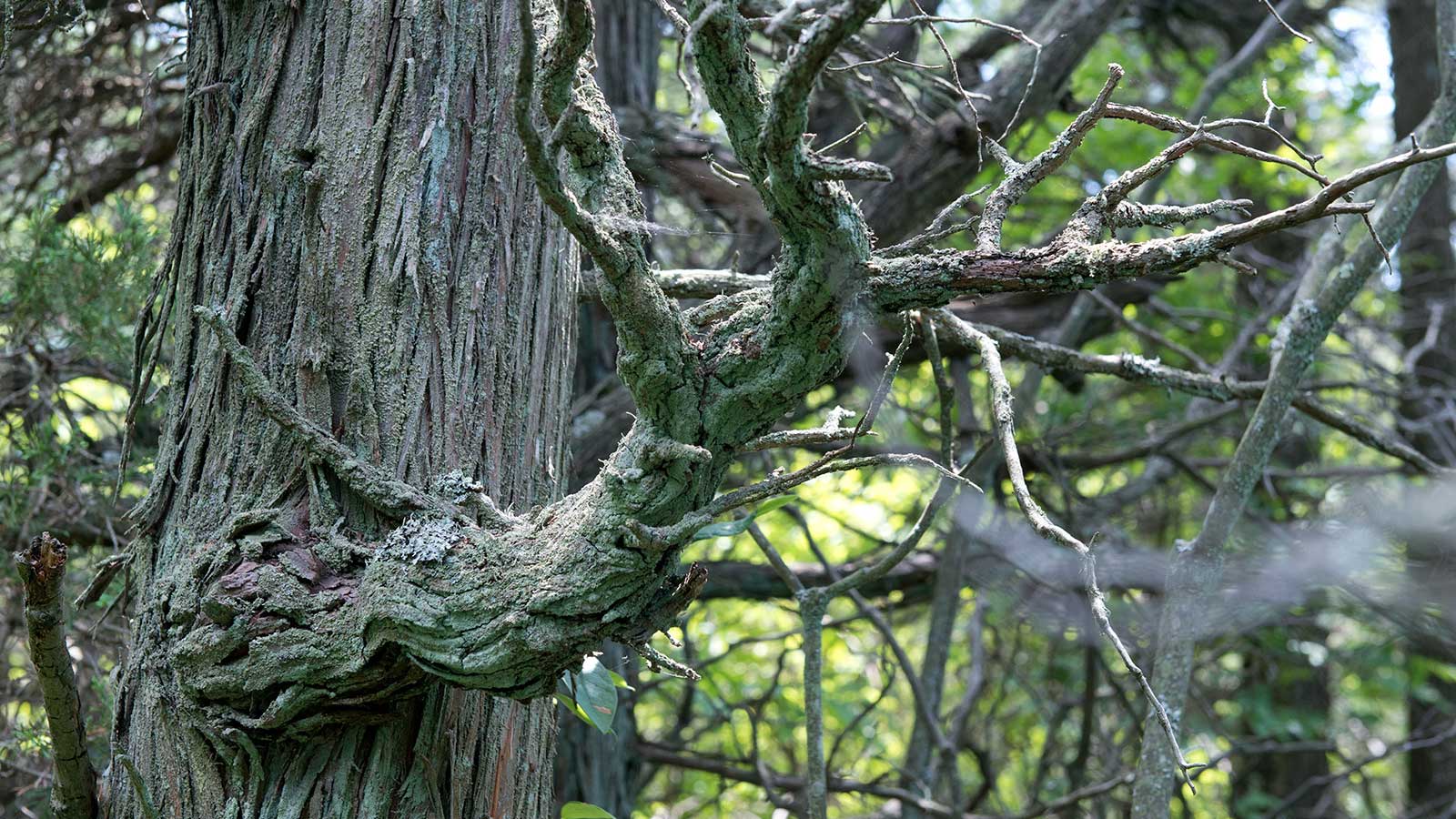Near the Jersey shore, Atlantic white cedar trees grow in swampy forests that are fed by freshwater streams. Sunlight glints through dense treetops, and lush green moss blankets the dark understory.
“I mean, it almost feels like you’re entering a fairytale when you go into some of these places,” says Bill Zipse of the New Jersey Forest Service.
He says Atlantic white cedar trees and the muck soils formed in cedar swamps help protect the state’s groundwater by filtering out nutrients and pollutants.
But these forests are dwindling.
Hundreds of years of logging and development have already destroyed more than three-quarters of the state’s Atlantic white cedar forest.
And as seas rise and storm surge flooding reaches farther inland, salt water threatens to kill much of what remains.
So the state plans to restore 10,000 acres of Atlantic white cedar forest.
“The sites that we’re targeting early on, they have either some remnant trees left on them or there’s adjacent areas that have cedar in them,” Zipse says.
The plan is to remove other trees that have taken over in these locations so cedars can naturally regenerate from seeds in the soil.
And the work will take place inland — so the restored forests will remain safe from rising seas long into the future.
Reporting credit: Sarah Kennedy/ChavoBart Digital Media
Source link


